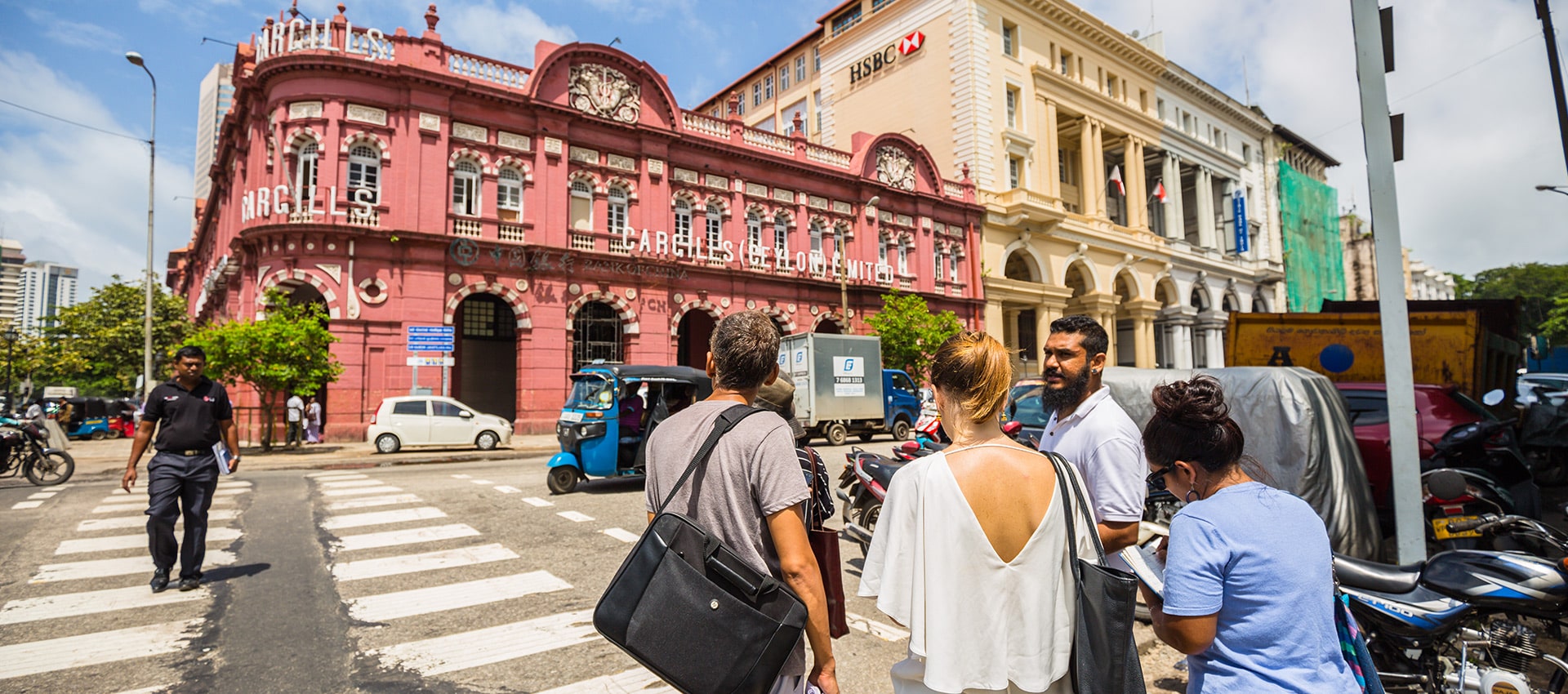The history of Sri Lankan civilisation can be traced back to the 3rd century BC, the point at which Buddhism was introduced to Sri Lanka by Mahinda, the son of Emperor Asoka of India, and the first ancient kingdom of Sri Lanka was created – Anuradhapura. From this moment on, Buddhism became an integral part of Sinhalese culture and had a profound effect on the development of civilisation and literacy in the island – it was in Sri Lanka that the oral teachings of Lord Buddha (the Tripitaka) were committed to writing for the first time, and the language of these scriptures (Pali) influenced the development of the Sinhala language.
Sri Lankan culture developed significantly over the next few hundred years: see the majestic dagobas of Anuradhapura; visit the ruins of ancient Buddhist monasteries, such as Ritigala and Kaludiya Pokuna; marvel at the ceiling murals of the 2000-year-old Dambulla Cave Temple, and climb to the top of Sigiriya Rock Fortress, an astonishing feat of engineering constructed in 5th century AD. You can also discover the medieval history of Sri Lanka – explore the well-preserved remains of the Kingdom of Polonnaruwa, or lesser visited sites such as Yapahuwa, and visit the famous Temple of the Tooth in Kandy which houses a sacred relic believed to be the tooth of Lord Buddha, a relic which has been kept safely in Sri Lanka for over 1,500 years.
In later years, Arab traders and invading European powers who came to colonise Sri Lanka also impacted significantly on the island’s culture, bringing with them new religion, traditions, languages and food. Explore the many forts that were built around Sri Lanka’s coastline, which were first constructed by the Portuguese before being fortified by the Dutch in the 17th century: these are predominantly found along the east coast, although they can also be seen in Colombo and most famously in Galle, which is now a UNESCO World Heritage Site. The introduction of Christianity is evidenced by old churches, which can be seen in areas including Colombo, Negombo and Jaffna.
The arrival of the British in the mid-1800s transformed the culture of Sri Lanka still further. The introduction of tea into the country quickly led to the establishment of Sri Lanka’s tea industry, which permanently changed the shape of the island’s hill country and led to Sri Lanka becoming the 4th largest exporter of tea worldwide. The British also constructed a railway line to transport the coveted product to Colombo, the island’s main port, which is still used today and is now revered as one of the most beautiful train journeys in the world.
Sri Lanka’s modern day culture is, as a result, a wonderful melting pot of different religions and traditions, old and new, drawing from many different aspects of the island’s complex heritage. Go on our Slave Island Walking Tour, a guided tour of a historic district in the heart of Colombo which clearly portrays Sri Lanka’s modern day multiculturalism, or just explore the capital city at your leisure and see some of the country’s latest cultural developments, from the construction of modern buildings to the arrival of various international brands and types of cuisine from across the globe.












